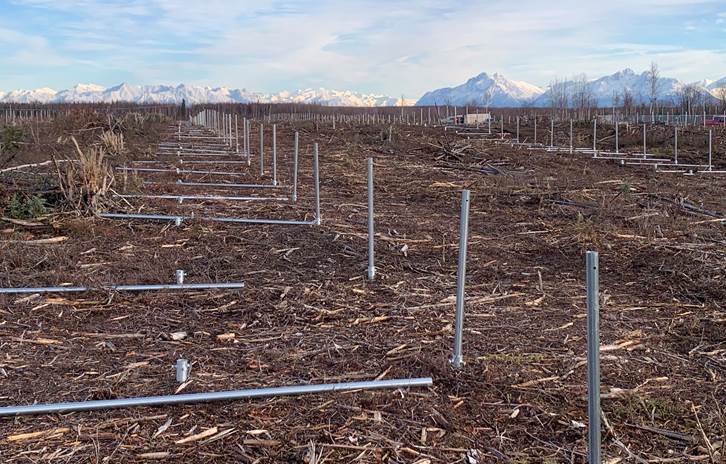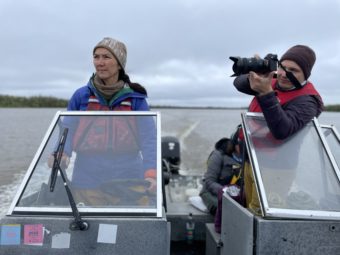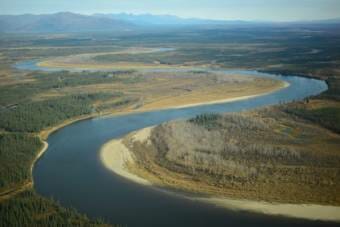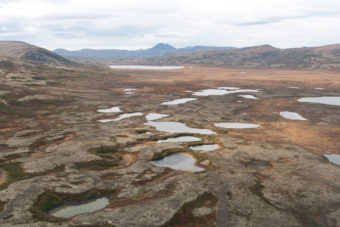
Residents of the Matanuska-Susitna Borough will get a lot more power from the sun next summer. That’s when construction is expected to finish in Houston on what will be the state’s largest solar farm, projected to produce enough energy to power 1,400 homes.
The state-owned Alaska Energy Authority announced on Oct. 27 that it would loan $4.9 million to the project.
Curtis Thayer is Executive Director at AEA and says renewables like solar help offset Railbelt communities’ reliance on natural gas. Thayer says the state and the governor want to reduce carbon emissions, but that won’t happen overnight.
“You’re never going to be able to do everything on wind, everything on solar, or hydro. There needs to be a balance,” Thayer said. “So that balance is, as technology advances, hopefully we can wean ourselves off of the carbon, but that’s going to be a bridge.”
Thayer says the added renewable power will not raise costs for consumers and will even stabilize rates, especially in the long term. That’s possible because the price of solar has fallen rapidly in recent years — dropping 80-90% over the last decade, according to Jenn Miller, CEO of Renewable IPP.
Three years ago, Renewable IPP built what is currently the biggest solar farm in Alaska, a 1.2 megawatt array next to the Parks Highway in Willow. Now, Miller’s company is developing the Houston project just down the highway, and it’s set to be more than six times bigger at 8.5 megawatts.
“The perception is, ‘Solar in Alaska? You must be crazy!’ But given the dramatic price decrease in the technology as it’s deployed more and more around the world, that’s what now makes it a viable technology here in this northern state,” Miller said.
Miller says the Houston array is well suited to Alaska’s climate because the panels are two-sided, optimizing their winter production.
“And so February, March – we have a lot of sunny nice days during that time as well. We’ll be able to capture extra production as it bounces off the snow and hits the back side of the panel,” Miller said.
Alaska currently gets less than 1% of its power from solar, but Miller says that as the technology continues to improve, that number could grow to 25% or higher.
The Houston project is on track to be completed by August 2023.



